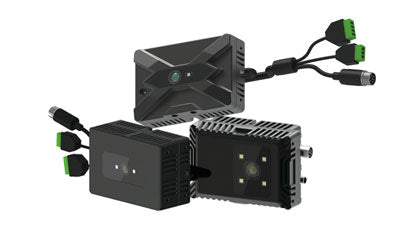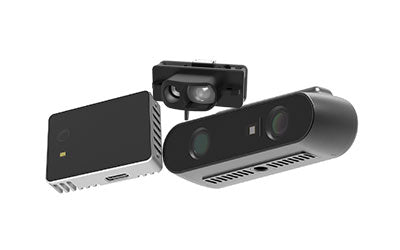Low-Power TOF Technology: Extending Battery Life in Mobile Devices

With the widespread adoption of smart devices, battery life has become a crucial factor in user experience. From smartphones to wearables, TOF (Time-of-Flight) cameras serve as key 3D sensing sensors, but their power consumption poses challenges to device battery life. This has led to the development of low-power TOF technology, providing a balanced solution that combines high performance with extended battery life for mobile devices. This article will explore in detail the applications of low-power TOF technology in mobile devices and its future trends.
What is a LiDAR sensor, and how is it related to low-power TOF technology in mobile devices?
A LiDAR (Light Detection and Ranging) sensor is a device that acquires 3D spatial information of the surrounding environment by emitting laser pulses and measuring the time it takes for the reflected light to return. In mobile devices, LiDAR often works together with TOF (Time-of-Flight) technology to enable depth sensing applications such as gesture recognition, facial recognition, or augmented reality features.
To extend battery life in smartphones and wearables, low-power TOF technology optimizes energy consumption through dynamic frame rate control, low-power light sources, and sleep modes, maintaining sensing accuracy while reducing power usage. This ensures a balance between performance and battery life, making TOF a key technology for next-generation mobile depth sensing.






